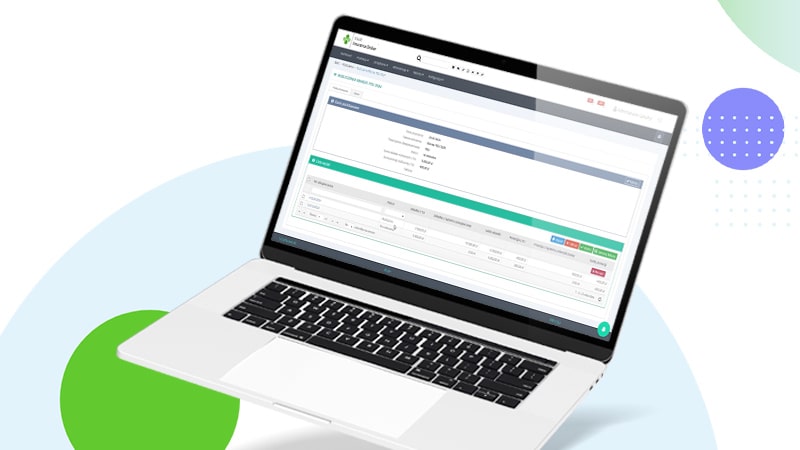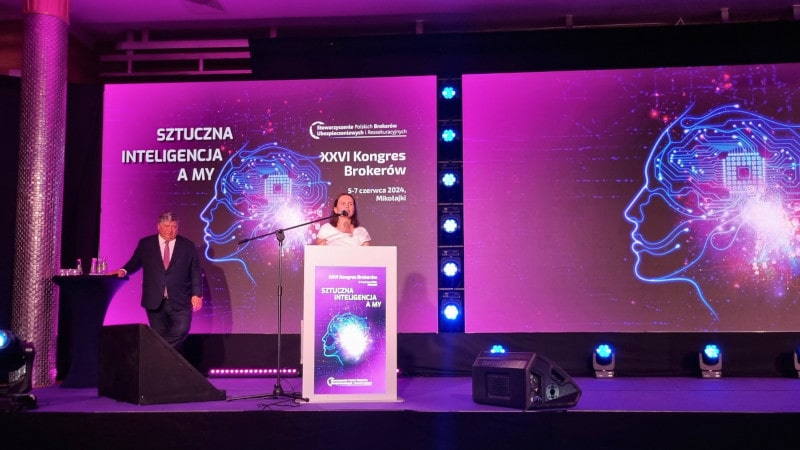What is a process?
Geary A. Rummler and Alan P. Brache, the authors of the book ’Improving Performance: How to Manage the White Space on the Organization Chart’ define a process as a series of activities designed to create a product or service. So, translated into the language of insurance business, it is performing various activities step by step (according to certain rules and under certain conditions), which, for example, lead to the conclusion of an insurance policy by the client. We can call them flowcharts. What other processes, apart from the aforementioned policy sale, can be distinguished in a brokerage office work? The list of processes may include, for example, a customer acquisition, after-sales service related to the liquidation of a claim or settlement with an insurance company.
It is worth noting at this point that even if our company does not have uniform, standardized processes followed by all employees, the processes exist by themselves – but each person operates according to their own, not always repeatable, pattern.
A process approach to managing economic organizations was born in the 1920s due to the necessity of dynamic business response to the changing external situation. Process management is about organizing work around processes, focusing on them, and not on functions, tasks or workstations. The classic approach to management may cause employees and managers of various levels to focus only on single sections of the process, on “their thing”, which in turn leads to the loss of the overall view of the situation and the loss of the goal of providing a service or product to a customer. In the process approach, the activities performed in the process transform a (measurable) input – a set of materials, information, people, devices, methods into (measurable) results – products, services, information that create value for the customer.
Now let’s put theory into practice. Why is it worth developing common processes for the entire brokerage office? The vast majority of activities performed by employees is repetitive. If everyone follows a uniform pattern, it becomes much easier to measure the quality and time-consumption of the tasks performed, which opens the way to work optimization. For example, if it turns out that the most labour-intensive and long-lasting stage of the claims handling process is completing the documentation, then having such information, we are able to develop and implement improvements. Without good measurement data, we wouldn’t know exactly where the problem lies.
The standardization of processes in the organization also makes it much more difficult to skip an activity due to inattention or fatigue, because the sequence of steps to be carried out is predetermined. Additionally, documented processes mean easier onboarding of new employees, resulting in a reduction of the time spent on their implementation into duties.
It is worth noting that it is impossible to create one universal set of processes common to the entire insurance industry. Each company has its own organizational culture, specific competitive advantages, unique know-how, and all this translates into processes that are characteristic of it. This is where configurable IT solutions come in handy, supporting the work of brokers, allowing the user (business administrator) to model their own personalized processes in a more broadly defined framework. In the next piece of news, we will show you how to model processes in the VIB system.



